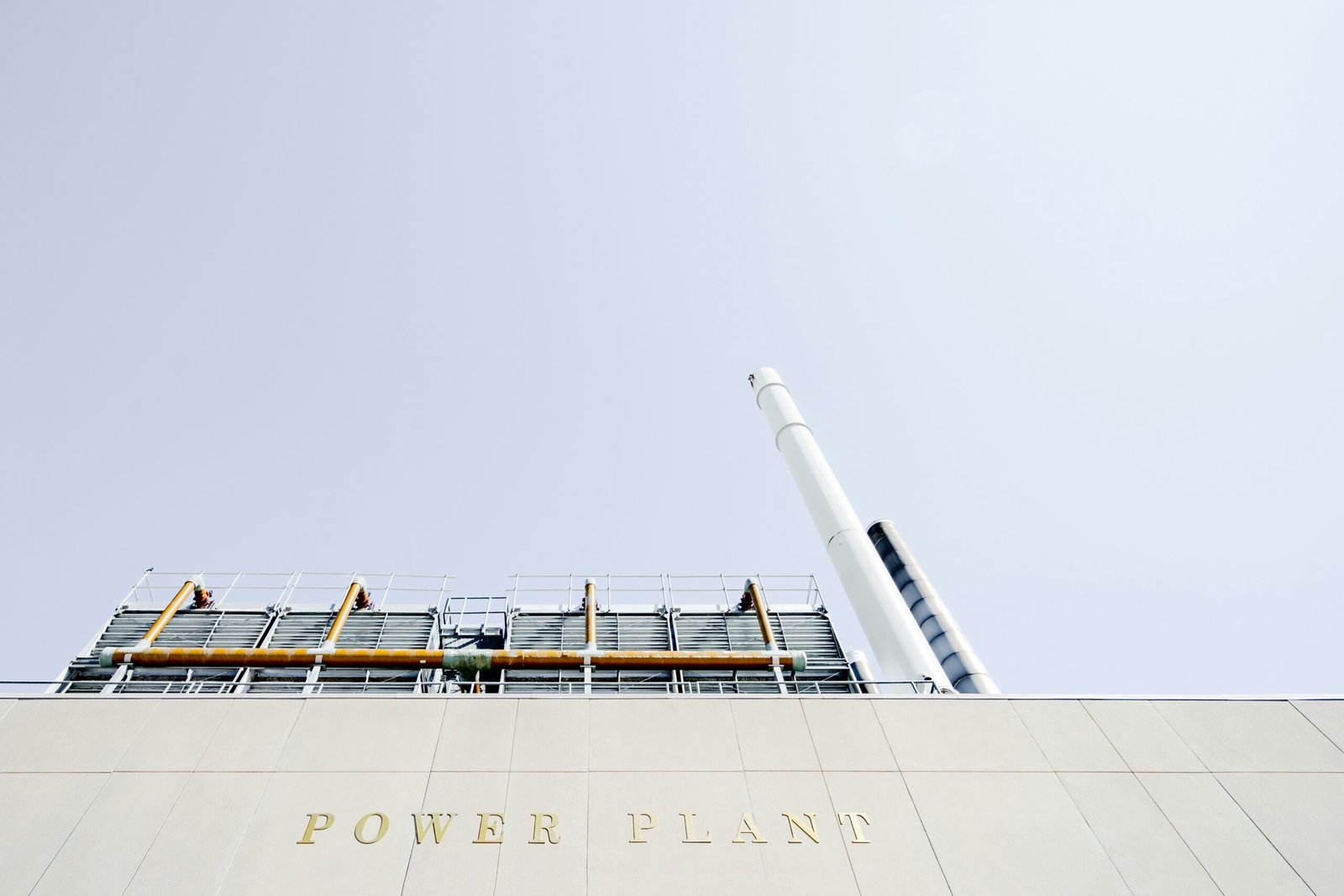
A Professional’s Guide to Firefighting Engines that Power Pumps
When it comes to firefighting, efficiency and reliability are non-negotiable. At the heart of every fire suppression system lies a powerful pump, and behind that pump is the engine that powers it. Firefighting engines are not just about horsepower; they are about resilience, precision, and performance under extreme conditions. This guide explores the role of engines in powering firefighting pumps, their types, critical features, and best practices for professionals working with them.
Why Firefighting Engines Matter
In an emergency, seconds can save lives and property. The pump must deliver consistent water flow and pressure, but without a reliable engine, it cannot operate. Whether mounted on a fire truck, installed in an industrial fire protection system, or used in portable firefighting units, the engine is the driving force that ensures the pump runs when needed most.
A firefighting engine must withstand:
High temperatures
Prolonged operation under load
Exposure to dust, water, and vibration
Rapid startup in emergency scenarios
Without these capabilities, the entire firefighting system could fail in critical moments.
Types of Firefighting Engines
Firefighting engines that power pumps are generally classified into two categories:
1. Diesel Engines
Diesel engines are the most widely used in firefighting pumps. They are preferred for their torque, durability, and ability to run for long durations without overheating. Diesel fire fighting pump can deliver the necessary horsepower for high-capacity pumps, making them ideal for municipal fire trucks, industrial fire suppression systems, and rural firefighting units.
Advantages:
Long operational life
High fuel efficiency under load
Robust performance in heavy-duty environments
2. Petrol/Gasoline Engines
Petrol engines are often found in portable firefighting pumps or smaller units. They are lightweight, easy to maintain, and quicker to start compared to diesel engines.
Advantages:
Quick ignition
Portable and lightweight design
Lower upfront cost
3. Electric Motors (Emerging Use)
In fixed fire protection systems, electric motors are sometimes used to drive pumps. While not as common for mobile firefighting, electric engines are valued for their low maintenance and clean operation. However, they depend entirely on a stable power supply, which may not always be reliable during emergencies.
Key Features of Reliable Firefighting Engines
For professionals, selecting an engine involves more than just horsepower ratings. Consider these features:
1. Compliance with Standards: Engines should meet NFPA (National Fire Protection Association) or local fire safety standards to ensure reliability.
2. High Power-to-Weight Ratio: Critical for portable firefighting systems where mobility matters.
3. Cooling Systems: Engines should have efficient cooling (air or liquid) to prevent overheating during extended operations.
4. Corrosion Resistance: Since they may be exposed to water and harsh conditions, components must be rust-resistant.
5. Ease of Maintenance: Simple access to filters, oil points, and service parts reduces downtime.
Applications of Firefighting Engines
Municipal Fire Trucks: Engines power high-capacity pumps that deliver thousands of liters per minute to fight large urban fires.
Industrial Fire Protection: In refineries, chemical plants, and warehouses, stationary engines ensure pumps are ready for emergencies.
Rural and Forestry Operations: Lightweight petrol or diesel-powered portable pumps help firefighters tackle wildfires where trucks cannot reach.
Marine Firefighting: Engines designed for corrosive saltwater environments power pumps on ships and offshore rigs.
Best Practices for Professionals
To maximize the reliability and longevity of Diesel engine fire pump, professionals should follow:
Regular Testing: Conduct weekly or monthly engine test runs to ensure readiness.
Preventive Maintenance: Replace oil, filters, and belts according to manufacturer schedules.
Fuel Management: Use clean, uncontaminated fuel and store diesel/petrol properly.
Training: Firefighters and operators must be trained in starting, operating, and troubleshooting engines under pressure.
Record Keeping: Maintain detailed logs of inspections, repairs, and service schedules.
Conclusion
Firefighting engines are the unsung heroes behind every powerful pump. For professionals, understanding their operation, choosing the right type, and maintaining them properly can mean the difference between a successful rescue and a system failure. Whether diesel, petrol, or electric, these engines ensure that pumps deliver life-saving water flow when the stakes are highest.

